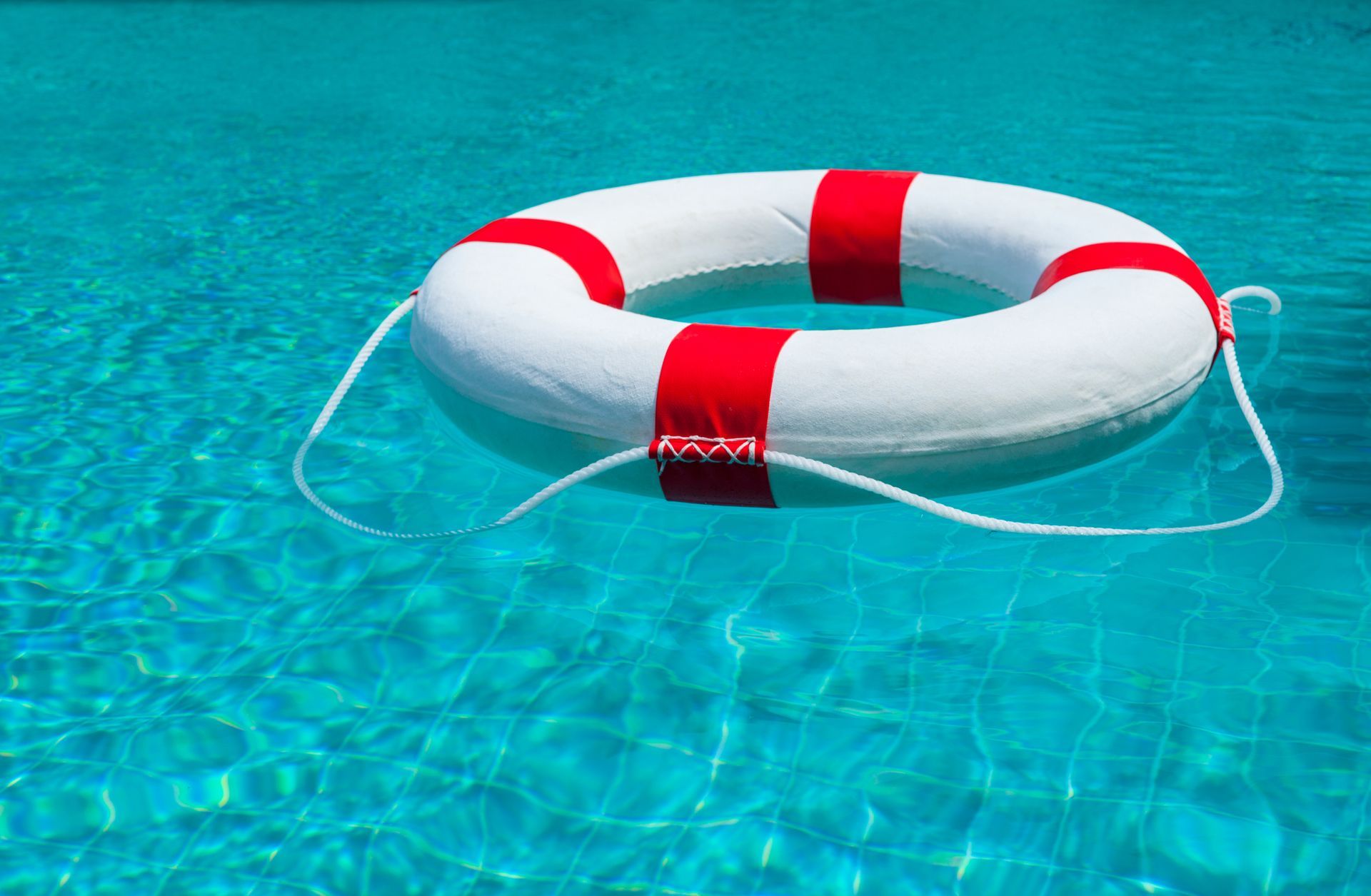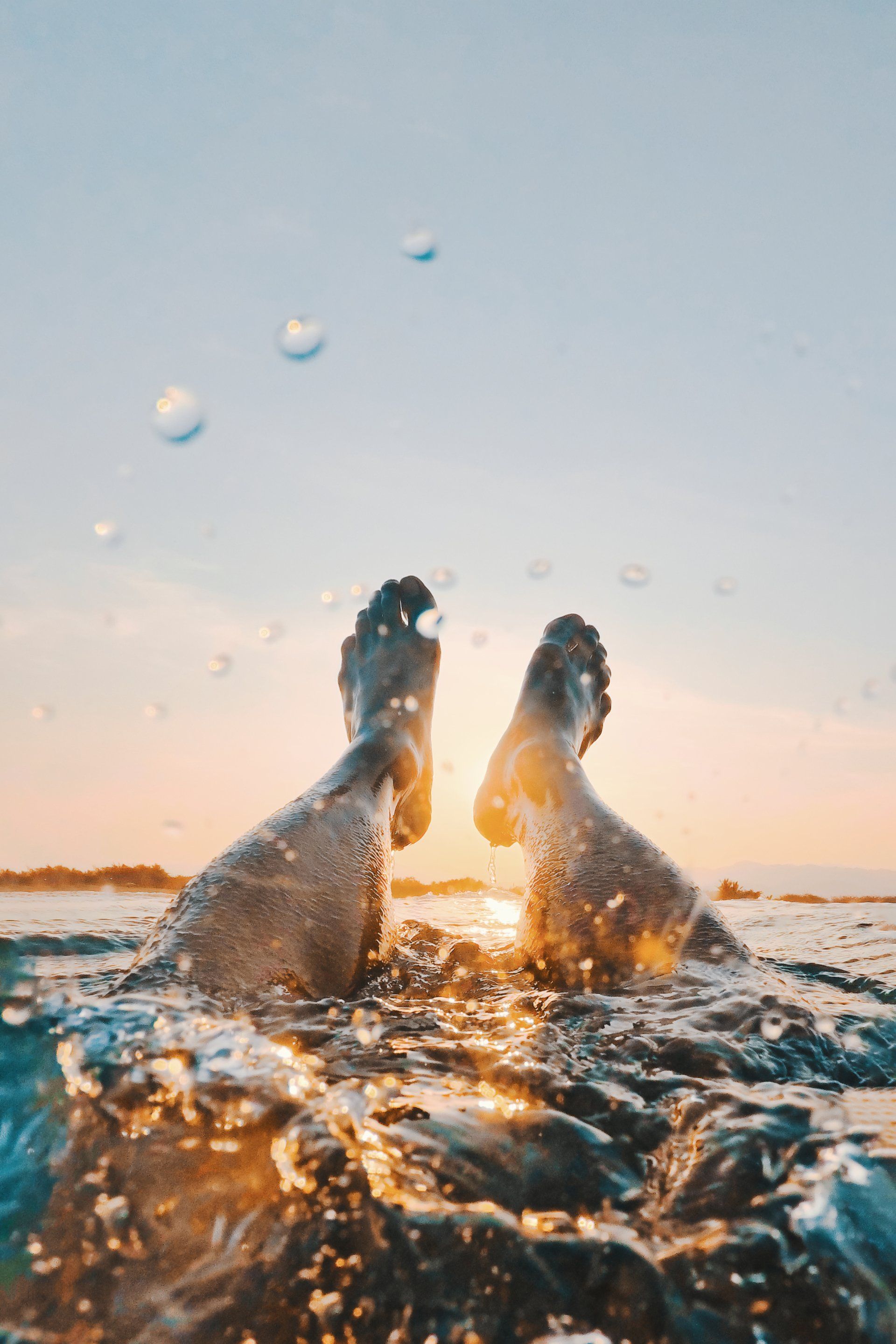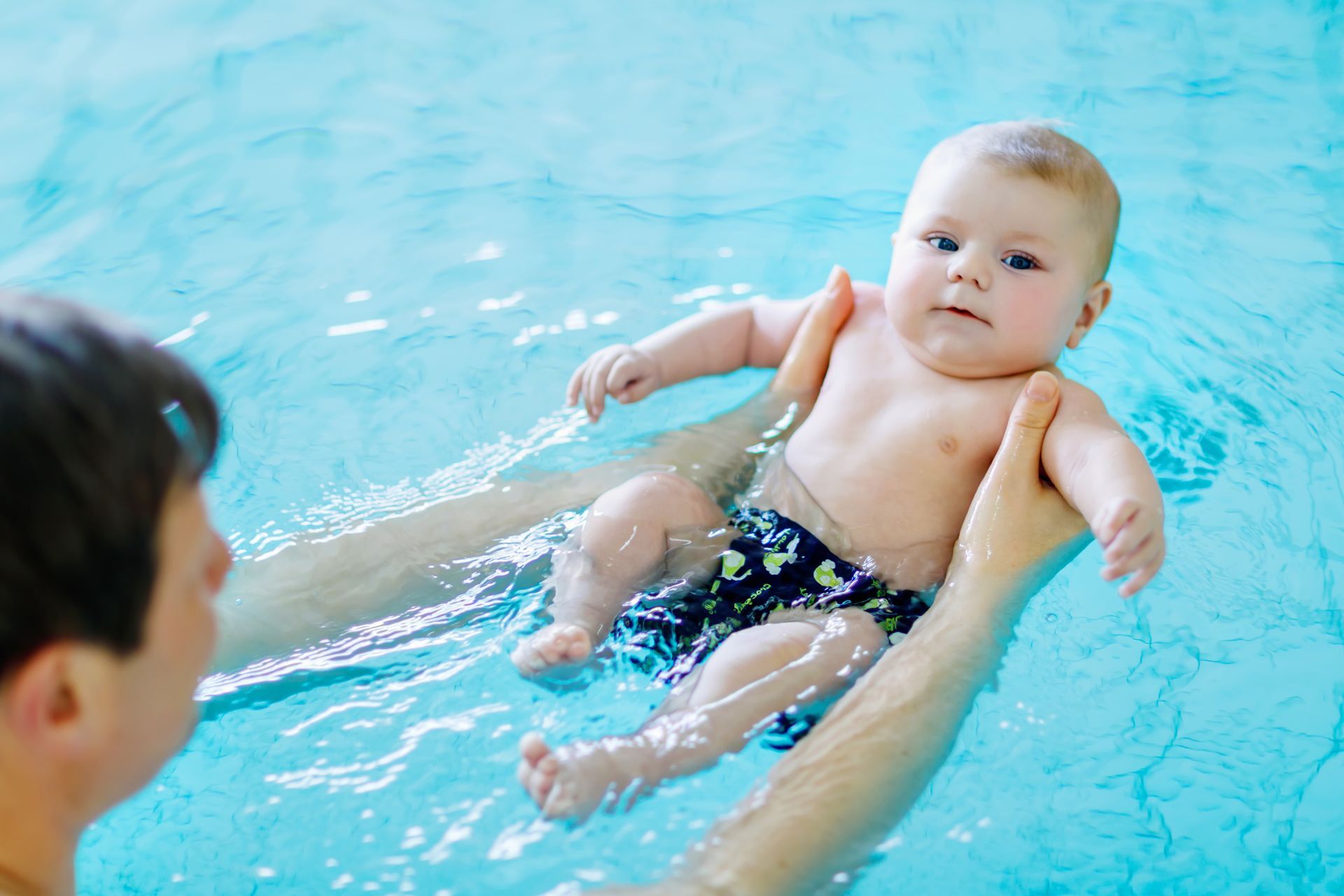Why Swim

The water is a great place for children to be. They can play games, exercise, and be happy. Drowning is a risk factor when being in the water which is why it is important to bring children to Small Fish Big Fish Swim School so your children safer around the water.
Here are some drowning facts people should know:
- Drowning is a leading cause of death for children i n the United States.
- More children ages 1-4 die from drowning than any other cause of death except birth defects.
- For children ages 1–14, drowning is the second leading cause of unintentional injury death after motor vehicle crashes.
- Children are at the highest risk, but anyone can drown
- Every year in the United States there are an estimated 3,960 critical unintentional drownings, including boating-related drowning which is an average of 11 drowning deaths per day.
- 8,080 nonfatal drownings which is an average of 22 nonfatal drownings per day.
- Nonfatal drowning can result in long-term health problems and costly hospital stays
- For every child who dies from drowning, another eight receive emergency department care for non-fatal drowning.
- More than 40% of drownings treated in emergency departments require hospitalization or transfer for further care (compared with 8% for all unintentional injuries).
- Injuries from drowning can result in brain damage as well as other serious outcomes including long-term disability.
- Some people have a higher risk of drowning.
- Children – At the young ages of 1-4, children often drown in swimming pools. This tragic event can happen anytime, including when children are not expected to be near water, such as when they gain unsupervised access to pools.
- Males – Almost 80% of people who die from drowning are male. The cause might be increased exposure to water, risk-taking behaviors, and alcohol use.
- Racial and ethnic groups – When it comes to drowning, the death rates of American Indian or Alaska native people ages 29 and younger are 2 times higher than the rates for white people, with the highest disparities among those ages 25-29 (rates 3.5 times higher). Death rates for black people are 1.5 times higher than the rates for white people.
- People with seizure disorders or certain medical conditions – People with epilepsy are at a higher risk of fatal and nonfatal drowning than others. This traumatic event is the most common cause of injury or death in bathtubs. There are other conditions such as autism and heart conditions that pose a higher risk of drowning.
- Factors that make drowning more likely to happen
- Not being able to swim – Some adults and children report they don’t have the skills to swim, or they are weak swimmers. Taking swimming lessons can help reduce the tragic event with children and young adults.
- Missing or ineffectual fences around water – Barriers like fencing around the pool prevent children from having access to the pool without adult awareness. A four-sided isolation fence that separates the pool area from the house and yard reduces a child’s risk of drowning by 83% compared to three-sided property-line fencing.
- Not having close supervision – The tragic event of drowning can occur often without children being looked after in environments such as lakes and oceans, pools, bathtubs, and even buckets of water.
- Not wearing life jackets – Wearing life jackets help prevent drowning during water activities such as boating and swimming. There have been reports by the U.S. Coast Guard that of 613 boating-related deaths in 2019 -79% of these deaths were drowning related, and of those who died from drowning, 86% were not wearing life jackets.
- Drinking alcohol – Among teens and adults, alcohol use is involved in up to 70% of deaths associated with water recreation, nearly 1 in 4 emergency department visits for drowning, and about 1 in 5 reported boating deaths.
- Using drugs and prescription medication – Some medications can increase drowning such as psychotropic medications for depression, anxiety, bipolar disorder, schizophrenia, and other conditions. This fact is similar to drinking alcohol with the side effects of not being able to think clearly and decrease motor skills.
Children need to to learn to swim it is not just a want. Small Fish Big Fish Swim School is an excellent place to become safer around the water. Please don’t wait register now smallfishbigfish.com. Small fish become BIG fish by swimming in schools.


Our kiddos progress thru our child centered curriculum while learning survival skills and having fun





